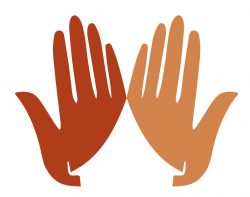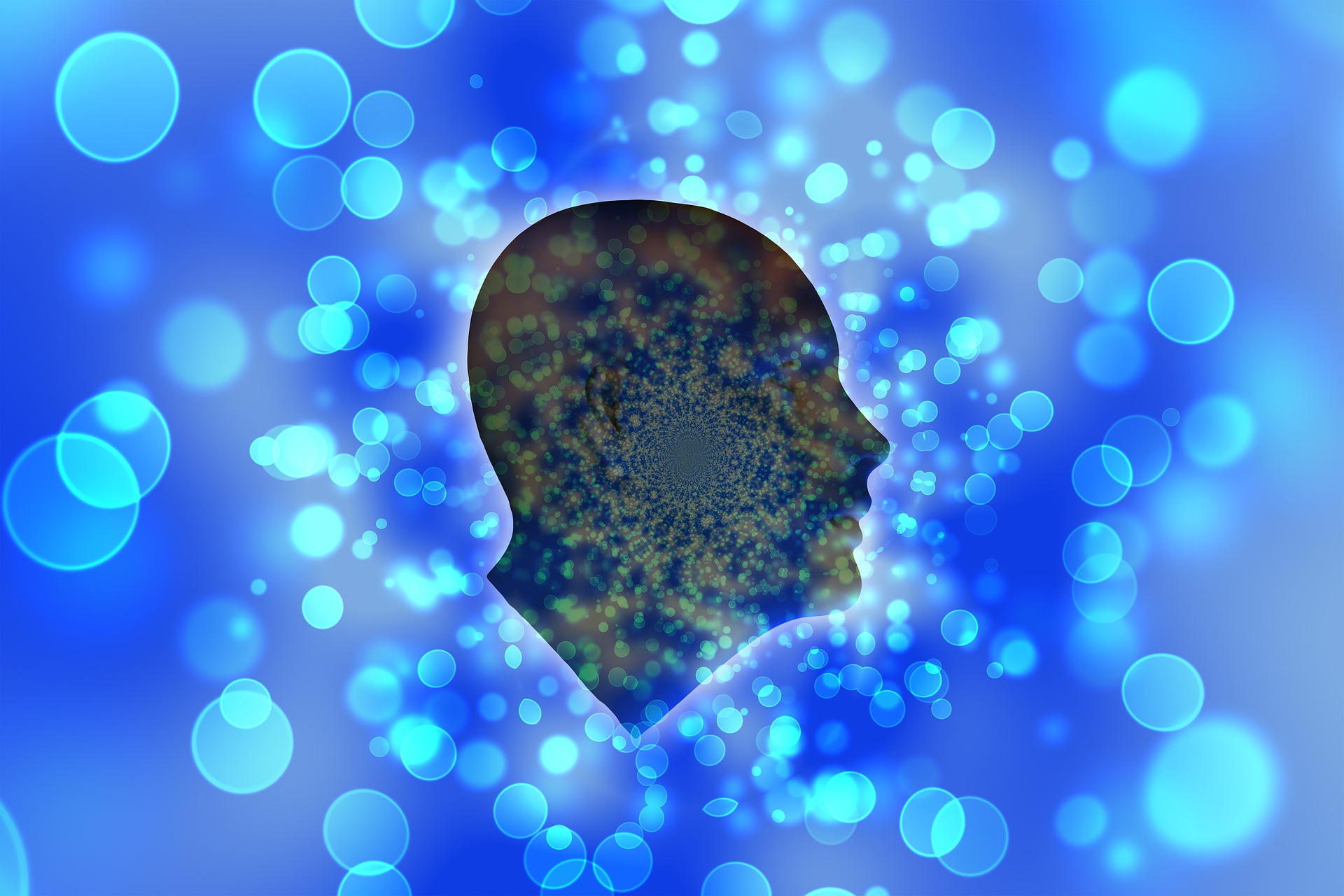Andy’s thinking around the nature of life that has arisen out of his own, personal meditations. Hear the recording below or read the commentary.
Look at nature. This may be a controversial statement but if you take a close look at nature you find the natural order of things. Chaos. Even our physics tells us this. The theory of thermodynamics tells us the natural end point of everything is entropy. Entropy is the natural behaviour of all things to follow a process of degradation or a running down or a trend to disorder. It’s why objects always move from hot to cold. But that’s the science. Lets take a look at our real experience.
When we look out in to nature in its absolutely natural state, we see chaos. A forest is basically a thicket of chaos. The trees aren’t in lines (in their natural state). They form random patterns through the forest. The floor below is full of a complete mix of vegetation and if we tried to walk through it we will find it difficult. The brambles will pull at us and roots will trip us over. As humans our instinct is to bring order to chaos. If you look at the way we work you find that we try to continually make order in the chaos. We clear paths, we name things and we try to understand the plants and animals so that we can draw up models of interpretation around them. Our language is hugely complex and allows us to express information and convey models of interpretation about everything. But take that away and you just have nature and chaos.
Then we come to people themselves. We are hugely complex, us people. You could say infinitely complex. Now, of course, if you then bring relationships into the mix here you are bringing two infinitely complex individuals together. It is therefore very difficult to predict what will happen!
However, us humans, we do it again. We form models or ideas of different types of human and we try to bring order in to all of this. We see this most visibly in workplaces where we give people role descriptions, job descriptions and responsibilities. These are all artificial. They don’t really describe the person. In fact, they forget about the person and just talk about the job they do.
I’m not saying this is a bad thing. Actually, quite the reverse. It’s rather clever. It allows us to exist in complex large communities. We aren’t the only creatures to do this. Ants for example have different roles. Worker ants, soldier ants, the Queen etc. I’m sure they don’t use words to describe these roles but in their own way, they know their job and they generally stay within that role.
So now, we take this in to mind and meditation. How does this relate to Buddhist practice? Simple. Spend a little time in meditation and you will very quickly notice how chaotic the mind is. We are going to do this in this morning’s meditation. Spend a little time studying chaos in the mind and learning to relax with it and accept it. And this is where we can bring it in with our Buddhist practice. With the practice of mindfulness, when we are out and about in our day we can start to notice how we tense up and fight against things. When we go into the situations that cause us tension, often we will find that sitting behind is a fear or a resistance to chaos. Because our human desire is to bring order, when chaos comes in, fear, tension, stress and anger even, can come into the situation. Look at your human interactions and notice where tension comes in. Again, this is usually coming up because the other person is not acting in the way that conforms to your view of who they are and what they should be doing; your own desire to keep them “in their box”.
We even look at our own meditation and it doesn’t go the way we think it should and we get frustrated. A large part of the Zen approach to Buddhist practice is about pure acceptance of the way things are.
So, we will do this today. Sit in meditation and notice the chaos in our experience and study the acceptance of this. Then, with mindfulness, we will go out in to the world and experience it with this understanding of chaos and notice how it comes in to our lives and notice our reaction to it.

